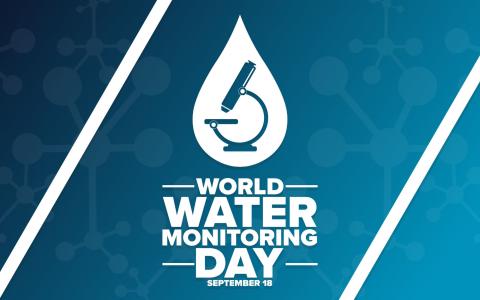World Water Monitoring Day is Sept. 18 and highlights the importance of monitoring water quality and protecting our water resources.
The District’s Water Quality Monitoring Program (WQMP) collects data from waterbodies around the District so the information can be used to determine whether our water is suitable for drinking, recreational activities and wildlife.
When monitoring water quality, staff evaluate factors like changes in water temperature, dissolved oxygen concentrations, pH, the concentration of ions in the water and the amount of material suspended in the water. This data is sent to the Florida Department of Environmental Protection, where data with other state agencies is assessed.

“There are a lot of different layers [in data collection]. Depending on what the water will be used for determines how it will be monitored,” said Catherine Wolden, WQMP manager.
An example of this is drinking water. There are more factors considered when monitoring drinking water because it is our highest quality of water.
“Counties, agencies and volunteer groups all contribute to this understanding,” Wolden said.
A recent project for the WQMP staff was monitoring water systems in the Sarasota area after Hurricane Debby.
“[We] assisted Sarasota County in searching for low dissolved oxygen concentrations as an effect of heavy rain,” Wolden said.
Though low levels are typically seen after storms – caused by bacteria, temperature and water movement – they can sometimes be too low for fish to survive. By tracking these oxygen levels, scientists and decision makers can better understand how the storm impacts life in the water.
Staff also updated the groundwater status and trends viewer. It is a visual representation of groundwater quality data – a tool for the public to view and track shifts in our region’s water quality. With the collected data, scientists can make decisions in protecting, managing and restoring our regional water resources.
To view more water quality information, visit the District’s Environmental Data Portal.
